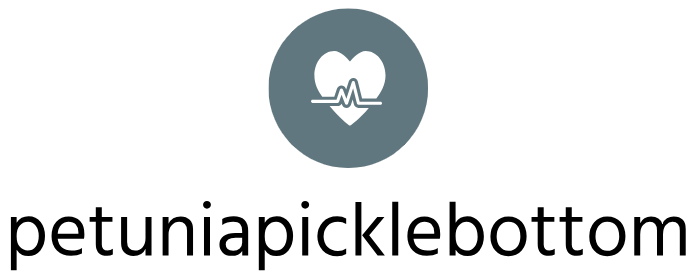
Expert Winter Skincare Combat Dryness Successfully
Introduction
Winter can be harsh on our skin, leaving it dry, dull, and sometimes even painful. However, with the right skincare routine, you can combat dryness and keep your skin healthy and glowing throughout the colder months. Expert advice on winter skincare is crucial for effectively tackling this seasonal challenge.
Understanding Winter Skin Challenges
During winter, the air becomes drier, leading to decreased humidity levels. Additionally, indoor heating further robs the air of moisture, leaving our skin parched and prone to dryness. Understanding these environmental factors is the first step in combatting winter skin issues successfully.
Hydration is Key
One of the most critical aspects of winter skincare is hydration. It’s essential to replenish the moisture lost due to the dry air. Opt for hydrating cleansers and moisturizers that contain ingredients like hyaluronic acid and glycerin, which attract and retain moisture in the skin.
Layer Your Skincare Products
Layering your skincare products is another effective strategy for combatting dryness in winter. Start with a lightweight hydrating serum to penetrate deeply into the skin, followed by a rich moisturizer to lock in moisture and create a protective barrier against harsh environmental conditions.
Don’t Forget Sun Protection
Although it may be tempting to skip sunscreen during the colder months, UV rays can still damage your skin, leading to dryness and premature aging. Choose a broad-spectrum sunscreen with at least SPF 30 and apply it generously, especially on exposed areas like the face, neck, and hands.
Exfoliate Gently
Exfoliation is essential for removing dead skin cells and promoting cell turnover, but it’s crucial to do it gently, especially during winter when the skin is more sensitive. Opt for a gentle exfoliant with ingredients like alpha hydroxy acids (AHAs) or beta hydroxy acids (BHAs) to slough off dead skin cells without causing irritation.
Invest in a Humidifier
Adding moisture to the air with a humidifier can significantly benefit your skin during the winter months. Place a humidifier in your bedroom or other frequently used areas to help maintain optimal humidity levels, which can prevent your skin from drying out.
Protect Your Hands and Lips
Our hands and lips are often the first areas to show signs of dryness during winter. To combat this, invest in a rich hand cream and lip balm and apply them throughout the day, especially after washing your hands or spending time outdoors.
Switch to a Richer Night Cream
Nighttime is an ideal opportunity to give your skin some extra TLC. Switch to a richer, more nourishing night cream during winter to provide your skin with the hydration and repair it needs while you sleep.
Hydrate from the Inside Out
In addition to topical skincare products, don’t forget to hydrate your skin from the inside out by drinking plenty of water and consuming foods rich in water content, such as fruits and vegetables. Hydration from within is just as crucial as external hydration for maintaining healthy, glowing skin.
Consult with a Dermatologist
If you’re struggling with severe dryness or other skin issues during winter, don’t hesitate to consult with a dermatologist. They can provide personalized recommendations and treatments tailored to your specific skincare needs, ensuring that you combat dryness successfully and achieve radiant skin despite the challenges of winter. Read more about winter care for dry skin












